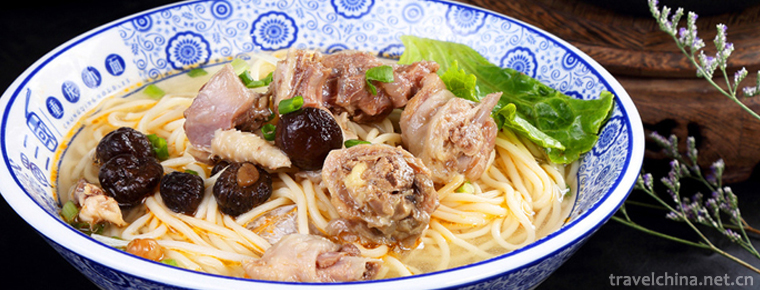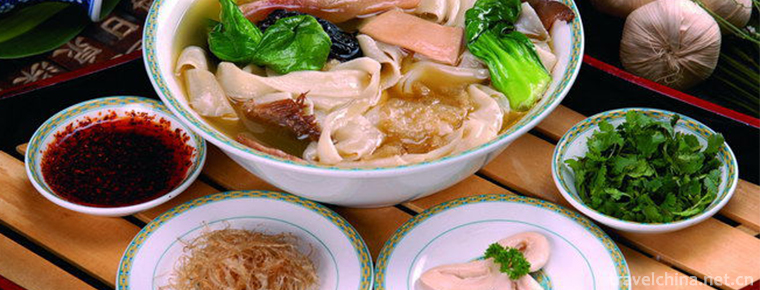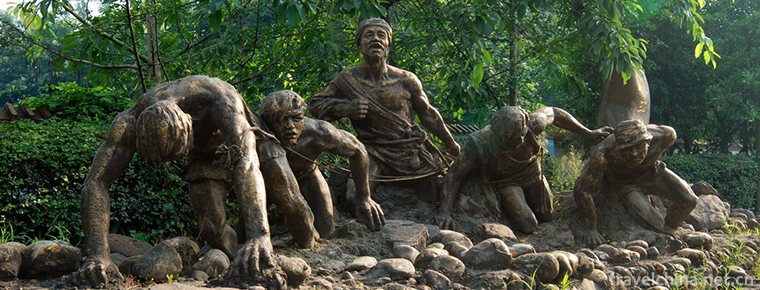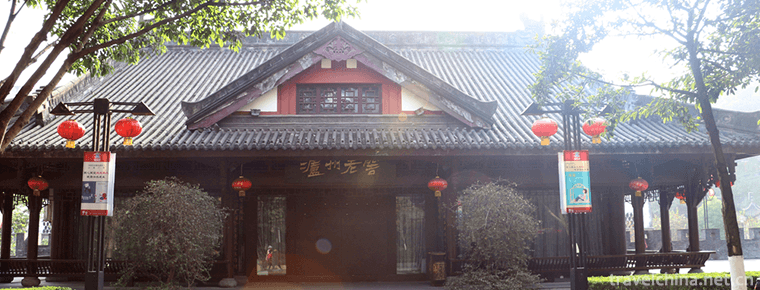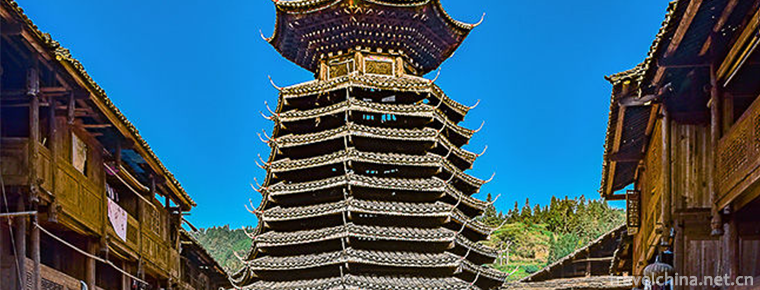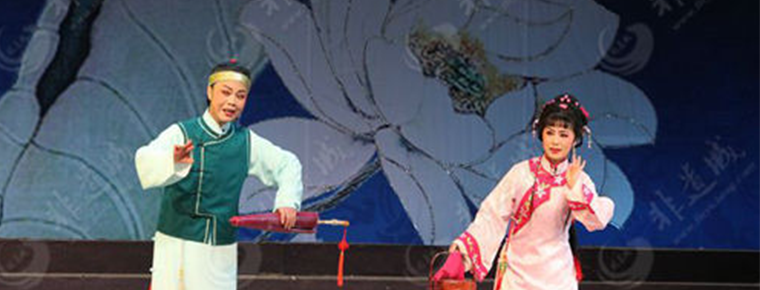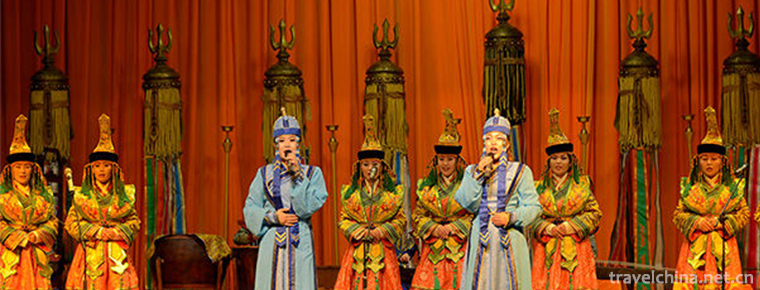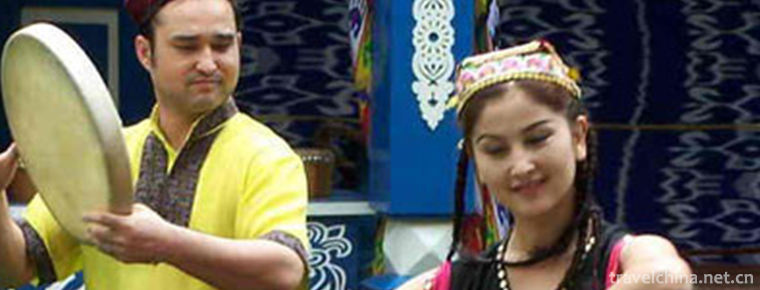Parrot Opera
Parrot Opera
Parrot Opera, which originated in the reign of Qianlong in Qing Dynasty, inherited in Shanghe Village, Linzi District, Zibo City, Shandong Province, and is one of the national intangible cultural heritages.
Parrot Opera is a folk opera which imitates the calls of parrots. It is characterized by adding dragging sounds like parrot calls to the singing cavity of each sentence, which is melodious and melodious. The accompaniment of Parrot Opera is mainly percussion music, almost every section has percussion music, and has its own unique musical instrument, Parrot Hu.
On May 23, 2011, the "Parrot Opera" declared by Linzi District, Zibo City, Shandong Province, was approved by the State Council of the People's Republic of China and listed in the third batch of national intangible cultural heritage list, number: IV-146.
historical origin
Parrot Opera originated in Linzi, the capital of Qi State during the reign of Qianlong in Qing Dynasty. It has passed on for seven generations and has a history of more than 250 years.
During the Cultural Revolution, people were scattered, clothing and props were destroyed, performances ceased and partridge opera went to a low ebb. After the crushing of the Gang of Four, the spring of literature and art came, with all kinds of wastes flourishing, and parrot opera recovered immediately.
From 1920 to the eve of the outbreak of the War of Resistance Against Japan, under the leadership of Liu Kezheng and Zhang Zihua, the fifth generation successors, the play had made great progress.
In 1999, Parrot Opera was listed as a rare opera in China.
Cultural characteristics
Tune
Parrot opera is very special in tune. In the middle of each line of singing (especially the evenness plate), there is a dragging tone, which has a sad tone and a happy tone, just like the parrot's song, it is very graceful and turning to listen. This is also the origin of parrot opera.
Music for voices in a Chinese Opera
The percussion music plays a very important role in the musical instruments. Most of the general plays use strings to pull through the door, while the percussion music is used at the beginning and end of the performance, that is, "start-blow-accompaniment-blow-end", which is very special.
Musical Instruments
Apart from other percussion instruments such as erhu, Yueqin and drum used in Peking Opera,
There is also a special musical instrument, the partridge beard, which is bigger than Beijing Hu and smaller than Erhu. It is inherited from history.
The musical instruments come down with rounder and fuller tones than Erhu and more soothing and melodious tones than Jinghu. They sing with partridges.
Sample dragging tones cooperate with each other to form a unique singing tone.
Traditional drama
At present, there are more than 20 traditional large-scale operas that can be performed, such as "Hang Shuai's Expedition", "Yang Paifeng", "Long Bao Temple", "Luo Tong Sao Bei", "Tea Collection Qi Case", "Zhuangyuan Da Geng", "Wufengling", "Mu Guiying Zhengnan", "Yan Zhi", and so on. There are also new series "Tai Gong Zhuan" and reflecting the planned life. Nurturing and pension issues such as "House Repair" and other plays.
Inheritance and Protection
Inheritance value
Parrot opera originates from nature and is close to life. It is a kind of opera which is very close to its geographical environment.
In order to originate from the parrot and express feelings, it maintains the primitive nature, simple and affectionate.
In addition to the high interest, there is a feeling of sadness and seclusion, which is thought-provoking and thought-provoking.
Parrot play has certain academic value because it is a kind of drama originating from natural voice.
With its unique characteristics and appeal, it later absorbed some of the essence of Peking Opera and became a unique drama. The opera has its own quoting, musical instruments and singing, which originate from nature and higher than nature, rooted in the life of the local people, and play a great role in the study of Chinese music, drama, dialects, and literary studies.
Mandarin opera also has high cultural value, because its origin and development place are in Linzi, the capital of Qi State in Zhou Dynasty.
A large part of the content of the performance comes from local historical stories, such as Jiang Taigong. Linzi dialect is the main vocal tune and pronunciation, which provides a reference for the study of Qidi culture.
Current situation of inheritance
In 2000, Zibo Parrot Troupe was founded. After 2001, due to economic constraints, the troupe went from prosperity to depression again. At present, there is a shortage of young actors and old actors. The source of the actors is broken, the color of the actors is not connected, the costumes and props are obsolete and difficult to replace. The Parrot Theatre Troupe is on the verge of extinction.
protective measures
On January 1, 2000, Zibo Parrot Troupe was founded. Qiu Zhengji, a descendant of Jiang's family and Taiwan's honorary head of the troupe, was consulted by Wang Xiaojia, former director of Shandong Art Research Institute.
On April 20, 2000, the National Seminar on Parrot Opera was held in Shanghe Village, Linzi. The Chinese Culture Daily, Daily Mass, Luzhong Morning News, Qilu Sheng Daily, Zibo Daily, Drama Series and the central and local TV and radio stations reported on the parrot opera successively.
In June 2006, Parrot Opera, Cuju and Stepping on Cunzi were published as the first batch of intangible cultural heritage in Zibo.
social influence
Important activities
On April 20, 2000, the National Seminar on Parrot Opera was held in Shanghe Village, Linzi.
Chinese Culture Daily, Mass Daily, Luzhong Morning Post, Qilu Gaobao Daily, Zibo Daily, Drama Series and central and local TV and radio stations have reported on the parrot opera successively.
In July 2014, Yongchang Parrot Opera Troupe performed Baolian Lantern on the stage of Chang'an Grand Theater in Beijing, with a warm response.
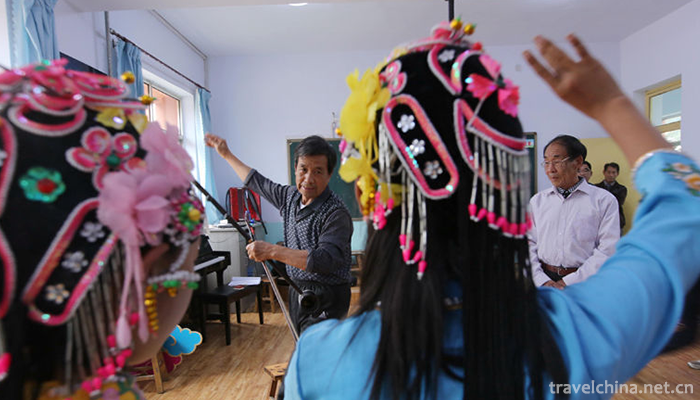
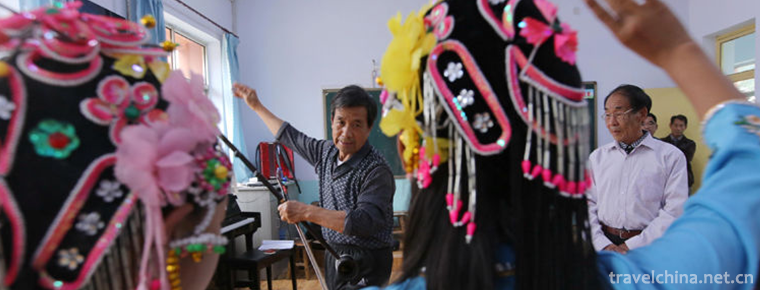
Parrot Opera
-
Letinous edodes chicken Noodles
Letinous edodes stewed chicken originated in Northern Jiangsu
Views: 165 Time 2018-10-12 -
Zhengzhou Xiao Ji stewed noodles
Zhengzhou Xiao Ji stewed noodles,Xiao Honghe, the founder of Xiao Ji Yanmian, was a master of Yifumian at Changchun State-owned Hotel in Zhengzhou.
Views: 200 Time 2018-11-26 -
Shennong Creek Scenic Area
Shennongxi, originating from the main peak of Shennongjia, flows through Badong County, Hubei Province. It travels from north to south through deep mountain canyons, and converges into the Yangtze Riv
Views: 177 Time 2018-12-12 -
Luzhou Laojiao Tourist Area
Luzhou Laojiao Tourist Area is located in Jiangyang District, Luzhou City, Sichuan Province. Its transportation is convenient. It is a tourist boutique created by Luzhou Laojiao Co., Ltd.
Views: 340 Time 2019-02-06 -
Yushui Ancient Hot Spring
Maoming Yushui Ancient Hot Spring, under the Yuyi Shishan Mountain, beside the ancient post road, hot springs are all over the place. The water is boiling all the time. Officials in counties and citie
Views: 209 Time 2019-03-09 -
Construction Techniques of Wood Construction of Dong Nationality
Dong's wood construction and construction skills, the traditional architectural skills of Sanjiang Dong Autonomous County, Guangxi Zhuang Autonomous Region, one of the national intangible cultural her
Views: 246 Time 2019-04-28 -
Lake Opera
Huzhou Tanhuang, originally known as Huzhou Tanhuang, is a traditional local opera. It is mainly popular in Huzhou, Jiaxing, Yuhang and Linan of Hangzhou, Wujiang and Yixing of Jiangsu, Guangde of Anh
Views: 140 Time 2019-05-03 -
Wharf song
The dock number is a traditional folk song in Shanghai. Singing in docks, cargo yards, loading and unloading, lifting, push and pull and other labor occasions. The main singing methods of wharf number
Views: 150 Time 2019-05-16 -
Mongolian Khantin Music
The most important component of Mongolian traditional music is court music, which is Mongolian Khan music. Successfully selected into the fourth batch of national intangible cultural heritage list.
Views: 136 Time 2019-06-03 -
Uygur Costume
Uygur costumes - more patterns, very beautiful, full of characteristics. Uygur men - pay attention to black and white effect, so bold and unrestrained. Uygur women prefer to use contrasting colors to
Views: 132 Time 2019-06-26 -
Jianshan natural scenic spot
Jianshan scenic spot, located in the west gate of Zigong, Yandu city and rongbian town of Ziliujing District, is a provincial-level natural scenic area in Sichuan Province.
Views: 376 Time 2020-10-15 -
Deyang first industry
In 2018, the sown area of crops in Deyang City was 477000 hectares, 533 hectares less than the previous year, a decrease of 0.1%. Among them, the sown area of grain crops was 311000 ha, decreased by 1525 ha, decreased by 0.5%; the sown area of oil
Views: 137 Time 2020-12-14
